Product marketers: Amplify the voices you represent
Think about “innovation” as a process. Innovation comes from information you systematically gather, synthesize and choose to carry forward as learnings for your team. Growing organizations in this day and age invest in evolving with their stakeholders, customers and benefactors.
(We’ll use the word “customer” here on out to keep it simple but we’re referring to your end-user.)
There are two reasons why an innovative organization works with their customers: idea generation or validation. Different members within a team will interact with customers for different reasons. For example, solutions-based sales teams interview potential customers to understand what they are trying to achieve in their day-to-day, and how their learning solution can better support them in achieving it. Another example: product managers learn about customer behavior from usage data, learning data, user testing and periodically having semi-structured interviews to understand the jobs their customers or learners want to get done, and how effective the learning solutions is in supporting them with their goals.
Staying relevant today and tomorrow
When we start to think about “innovation” as a process, the more obvious it becomes that our role as an organization is to learn – from our customers, our markets, our teams – and to share that knowledge. Though, most executive directors and operations leaders won’t admit that knowledge management is an organization’s Achilles’ heel. Regardless of the systemic challenges with knowledge sharing, leaders need their teams to collaborate and share their knowledge for the organization to stay relevant and competitive.
Effective organizations have their sales, communications, customer success and product or service delivery teams work together. These teams recognize the importance of continuously shifting and developing meaningful ways to engage with customers. These sales, marketing, customer success and product or service deliver teams lean on the side of curiosity, transparency and consistency to develop with and for the market.
For a communications team, in particular, a tool commonly used to stay consistent in messaging and in developing new strategies and campaigns is personas. Personas are a helpful way to track the sum of your organization’s knowledge and insight about your customers. Personas are used to capture the best understanding we have of target audiences – buyers, users and influencers. They can be used to create more targeted messaging, campaigns, and customer experiences.
Your customers pay attention
Personas are as important to your company as they are for your target audience. Your customers and stakeholders want to see themselves in your marketing. They want to be kept in mind when you iterate and develop new products. If personas are what companies use as a key reference for inspiration, then we need to make sure they accurately represent the groups of individuals that gain value from your products, your service and your community.
Your personas need to be evidence-based
As a marketer and core member of the product team, it is your responsibility to look for stories, inspiration, patterns and differences within your target audience(s). Find out everything there is to know about your customer. Who they are, what they do, their challenges worth solving, their motivations, their aspirations, their thought-process before purchase, how they wish to be informed of products and services, and more. It’s not your customers’ job to tell you the direction your product or company should go. It’s your job to ask, to listen and become aware of their day-to-day realities.
Personas evolve and become more accurate with every interview, survey, and campaign we test. It’s important for you to evolve your personas as your consumers’ preference, priorities, habits and views change. As a marketer, it then becomes your priority and role to frame the “right” questions to ask, to learn from your customers, to learn from your potential customers, and to creatively think about your next steps.
Open-ended questions worth your customers’ time:
Understand your customer beyond their job title:
What are your responsibilities at your company?
What are your goals for this year?
How will you measure the success of these goals? What metrics will you be tracking?
Who do you work alongside within your company? Outside your company?
Once your customer has used your product a number of times:
Who benefits from your use of [product]?
What are you able to do now that you weren’t able to before? Ask for examples.
Walk me through your workflow. How does the [product] fit into the work you do?
Learn about your customer from different angles:
What is your (work or local) community like?
Where do you find the most inspiration and ideas for your job?
What is your thought process when you make decisions for yourself and your team?
What convinced you to give our [product] a try?
Note: these questions are written for conducting interviews with customers using B2B products. Feel free to adapt them to B2C if you need.
These questions are not exhaustive. Take the time to understand what you want to learn and why and craft open-ended questions for the greatest insights. Meet your customers where they are in their life journey and find inspiration from how they are finding ways forward every day.
The more you use customer insight to operationalize your marketing efforts the more effective your messaging will be, and the more activating your customer experience will be.

